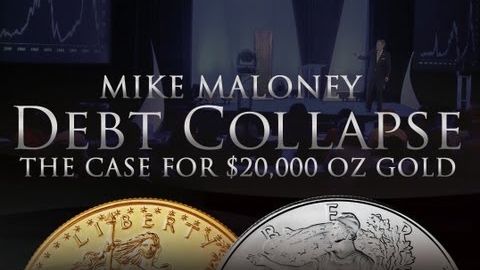
字幕と単語
2万オンスの金のケース - 債務の崩壊 - マイク・マロニー - 銀と金 (The Case for $20,000 oz Gold - Debt Collapse - Mike Maloney - Silver & Gold)
00
TIKI が 2021 年 01 月 14 日 に投稿保存
動画の中の単語
stock
US /stɑk/
・
UK /stɒk/
- n. (c./u.)家畜;在庫
- n. (u.)スープのだし
- v.t.(店に商品を)仕入れる : 置く
- n. (c.)株 : 株式
- adj.ありふれた : 平凡な
B2 中上級TOEIC
もっと見る エネルギーを使用
すべての単語を解除
発音・解説・フィルター機能を解除
